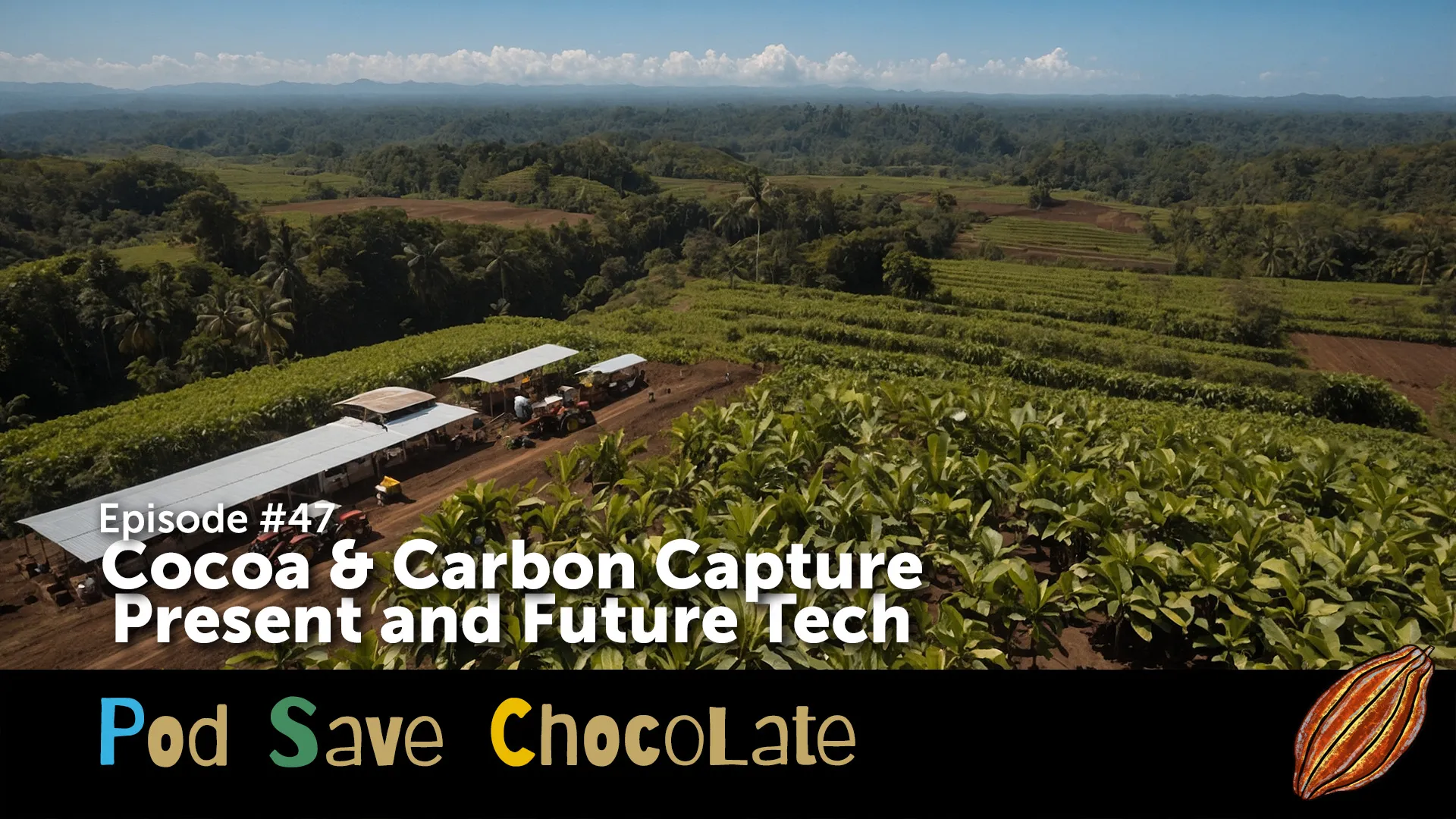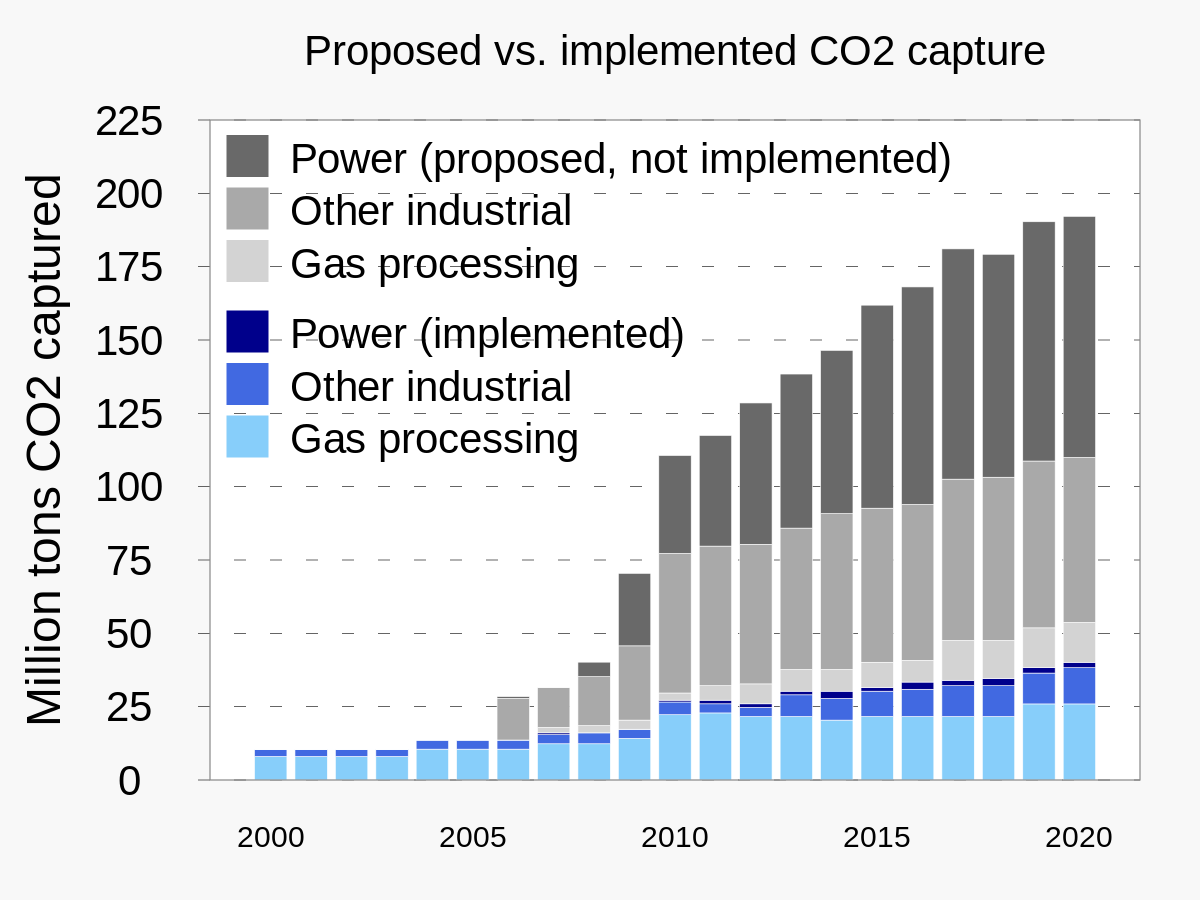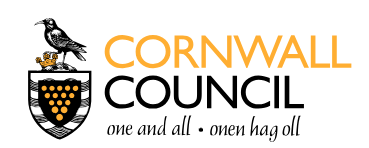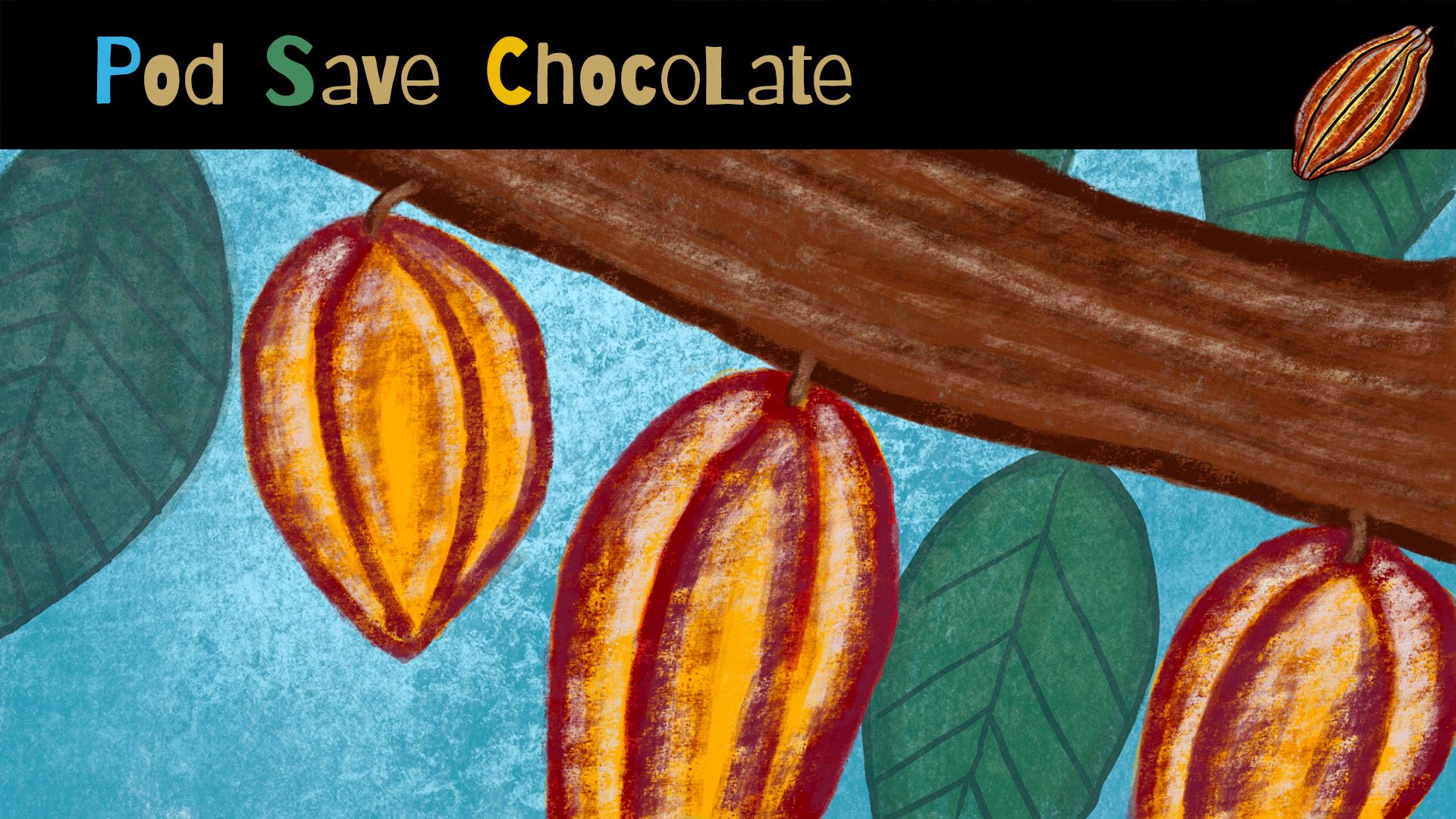Cocoa, Carbon Capture, & Biochar | #PodSaveChocolate

Episode 47 of #PodSaveChocolate features a discussion of carbon capture, sequestration, biochar, and upcycling in the cocoa sector.
When and Where to Watch
You can click any of the links below to watch the episode LIVE or the archived episode. The archive on YouTube will include the comments from LinkedIn and FB in the live chat replay.

Click to watch on YouTube in a new tab or window. Please subscribe (free!) to the @PodSaveChocolate YouTube channel, like this video, comment, and share to help grow the #PSC community.
Link to watch and comment on LinkedIn.
Link to watch and comment on TheChocolateLife page on Facebook.
Join the conversation LIVE in the chat on YouTube, LinkedIn, and Facebook!
Episode 47 Overview
The inspiration for this episode was the following news announcement:

As with most articles that appear in CN, there are no links to primary sources – in this case, most probably a press release from Circe Bioscience. This same article appeared in the sister publication Food Navigator. This is a DuckDuckGo search on “Circe Bioscience” filtered to show only news. You can use this link to find stories related to this one.
Stories like the one above excite, infuriate, and depress me at the same time.
Stories like this excite me because they mention some potentially very interesting technology.
Stories like this infuriate me because of how loose they are in their use of language. The standards of identity for cacao products in CFR 21.163 are pretty clear about what can, and cannot, be in chocolate for it to be labeled as chocolate. So, for the editors at CN to use terms like “chocolate” and “cocoa butter” so cavalierly makes me angry. As professionals in this industry, they should know better.
Stories like this depress me because I am constantly asking myself, “Why cocoa? Why chocolate?” It is on this last point that I am going to focus much of my attention during this episode.
Carbon Capture Primer
There are two different aspects of carbon capture we are going to consider in this episode: capturing atmospheric carbon (carbon dioxide, CO2) and then storing or sequestering it so that it does not easily or quickly (or ever) return to the environment.
Because humans have widely deforested the planet along with other practices that have increased CO2 and other greenhouse gas levels in the atmosphere, many carbon capture technologies have been developed, including adsorption, membrane separation, and chemical looping.
Once captured, the CO2 must either be stored somewhere or used. Storage methods include compressing the CO2 and pumping it into underground caverns and rock formations. CO2 can also be used as a feedstock for industrial processes in the manufacture of graphene, and, as the article mentions, triglycerides (fats).
Capturing atmospheric CO2 and sequestering it is something that plants do, naturally. Leaves remove CO2 from the atmosphere and the tree converts the CO2, incorporating it into the mass of the plant – wood is one good example. The CO2 will remain unavailable to the environment until the plant dies and starts to decompose or burns.
In cocoa, flushing leaves are more efficient at capturing atmospheric CO2 for use. What this means is that pruning schedules affect the ability of the tree to remove CO2 from the air.


It is possible to burn plant matter to produce charcoal under controlled conditions – pyrolisis – to produce what is called biochar. (The gases produced during this process, sometimes referred to as producer gas, can be captured, filtered, compressed, and used to produce electricity).
Biochar has broad applications in agriculture as a soil amendment. In addition to directly sequestering carbon in the soil, biochar can improve soil health as well as remediate cadmium-rich soils as the cadmium will selectively be absorbed by the biochar rather than through the root system of the tree.
The feedstock used and the size of the granules both affect the efficacy of the biochar.
More Biochar Production Resources
Large-Scale Biochar/Gasifier

Community-Scale Biochar/Gasifier

Farm-Scale Biochar Production

Home Gardening

Carbon Gold is located in the UK.
Questions?
If you have questions, you can ask them live during the episode or, if you are a ChocolateLife member, you can ask them in the Comments below at any time.
Episode Hashtags and Related Accounts to Follow
#biochar #carboncapture #co2
#cocoa #cacao #cacau
#chocolate #chocolat #craftchocolate
#PodSaveChocolate #PodSaveChoc
#LaVidaCocoa #TheChocolateLife
Future Episodes
#PodSaveChocolate and #TheChocolateLifeLIVE Archives
To read an archived post and find the links to watch archived episodes, click on one of the bookmark cards, below.









